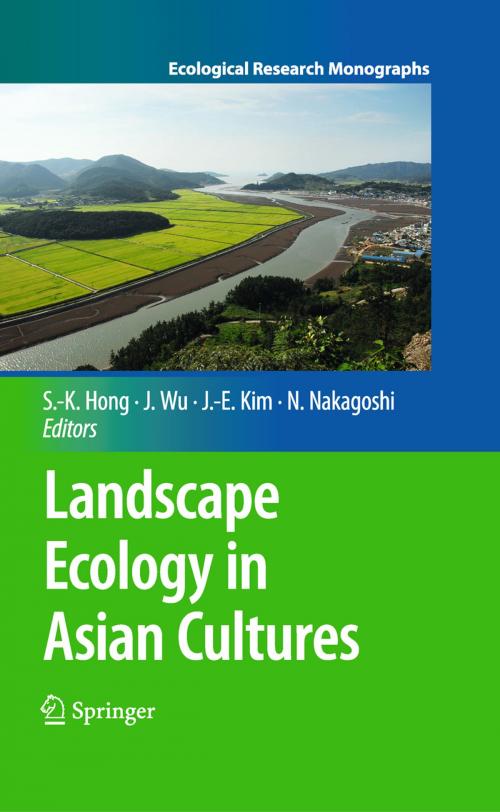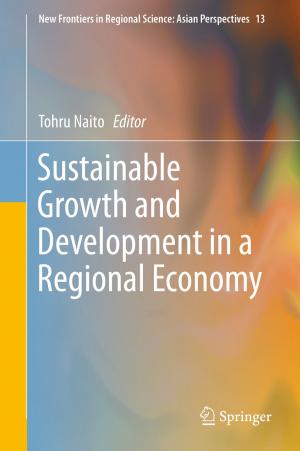Landscape Ecology in Asian Cultures
Nonfiction, Science & Nature, Technology, Environmental, Science, Biological Sciences, Ecology| Author: | ISBN: | 9784431877998 | |
| Publisher: | Springer Japan | Publication: | December 25, 2010 |
| Imprint: | Springer | Language: | English |
| Author: | |
| ISBN: | 9784431877998 |
| Publisher: | Springer Japan |
| Publication: | December 25, 2010 |
| Imprint: | Springer |
| Language: | English |
Cultural landscapes are a product of the interactions between humans and natural settings. They are landscapes and seascapes that are shaped by human history and land use. Socioeconomic processes especially, but also environmental changes and natural disturbances, are some of the forces that make up landscape dynamics. To understand and manage such complex landscapes, interdisciplinary and transdisciplinary approaches are necessary, emphasizing the integration of natural and social sciences and considering multiple landscape functions. The spatial patterns of Asian landscapes are strongly related to human activities and their impacts. Anthropogenic patterns and processes have created numerous traditional cultural landscapes throughout the region, and understanding them requires indigenous knowledge. Cultural landscape ecology from a uniquely Asian perspective is explored in this book, as are the management of landscapes and land-use policies. Human-dominated landscapes with long traditions, such as those described herein, provide useful information for all ecologists, not only in Asia, to better understand the human–environmental relationship and landscape sustainability.
Cultural landscapes are a product of the interactions between humans and natural settings. They are landscapes and seascapes that are shaped by human history and land use. Socioeconomic processes especially, but also environmental changes and natural disturbances, are some of the forces that make up landscape dynamics. To understand and manage such complex landscapes, interdisciplinary and transdisciplinary approaches are necessary, emphasizing the integration of natural and social sciences and considering multiple landscape functions. The spatial patterns of Asian landscapes are strongly related to human activities and their impacts. Anthropogenic patterns and processes have created numerous traditional cultural landscapes throughout the region, and understanding them requires indigenous knowledge. Cultural landscape ecology from a uniquely Asian perspective is explored in this book, as are the management of landscapes and land-use policies. Human-dominated landscapes with long traditions, such as those described herein, provide useful information for all ecologists, not only in Asia, to better understand the human–environmental relationship and landscape sustainability.















